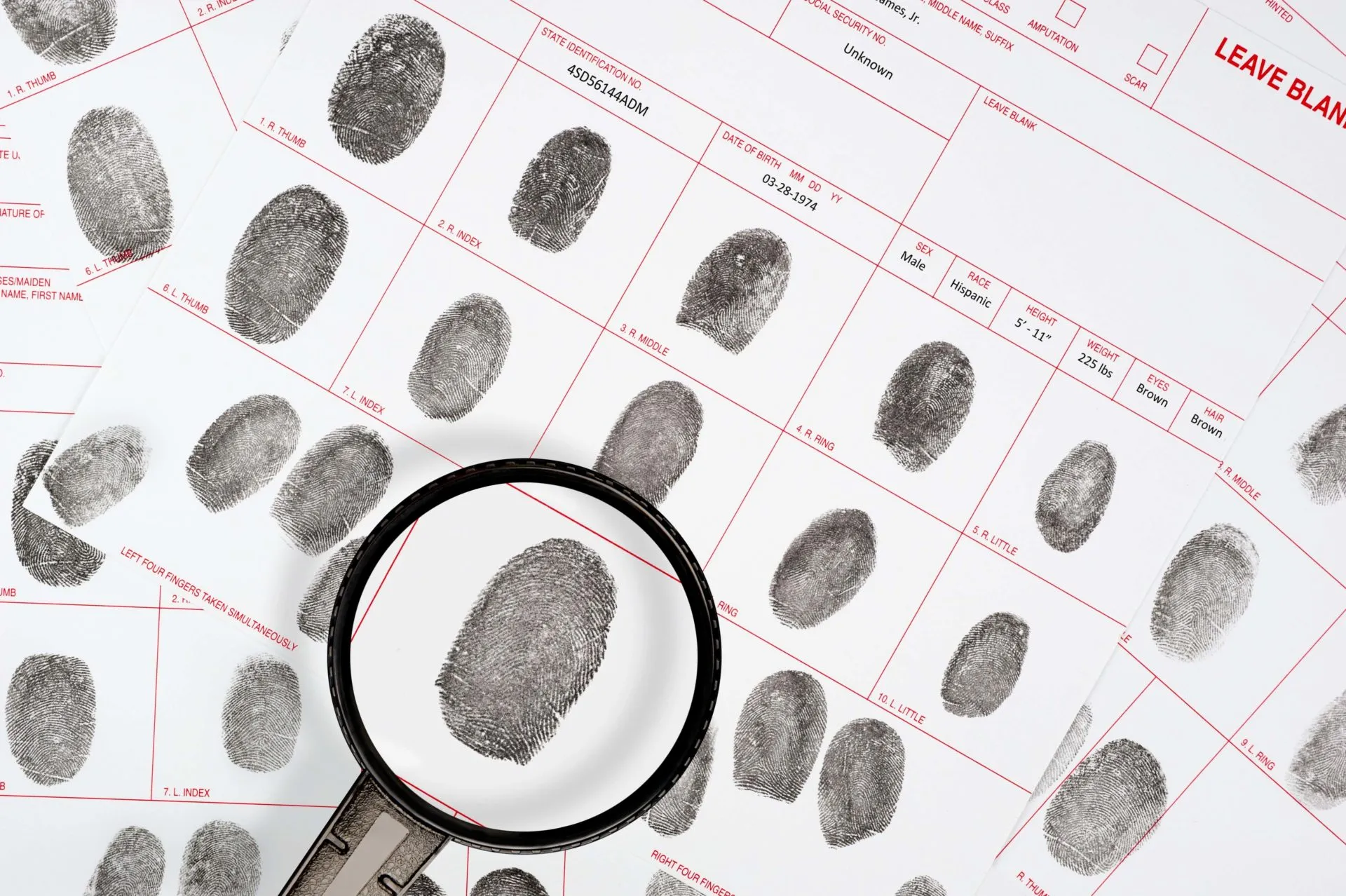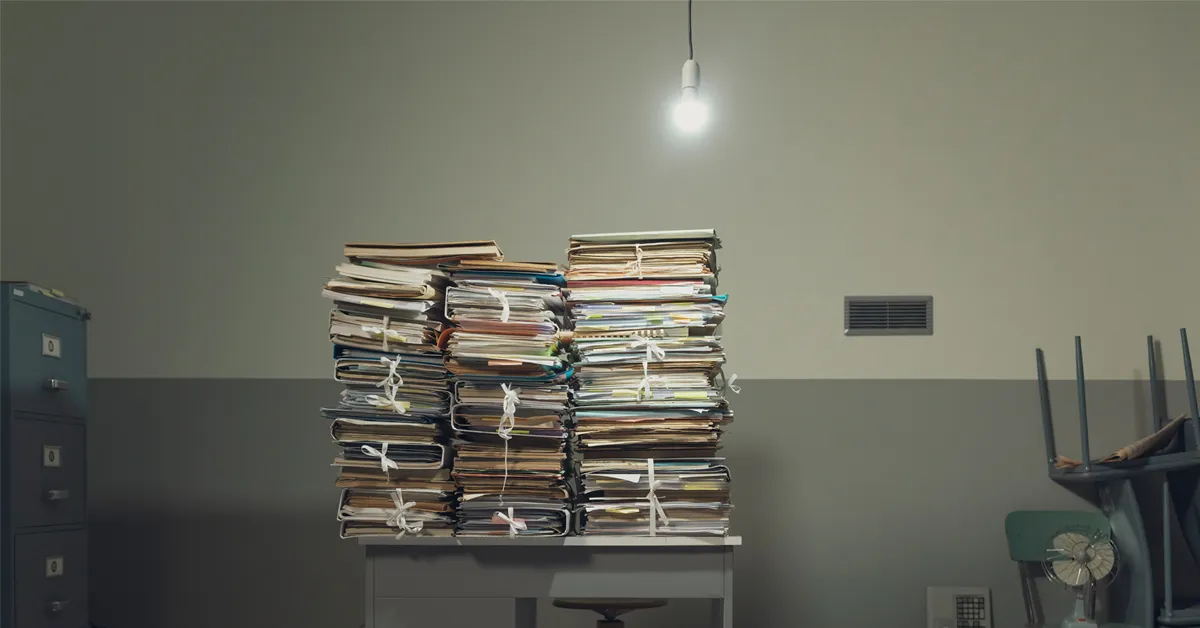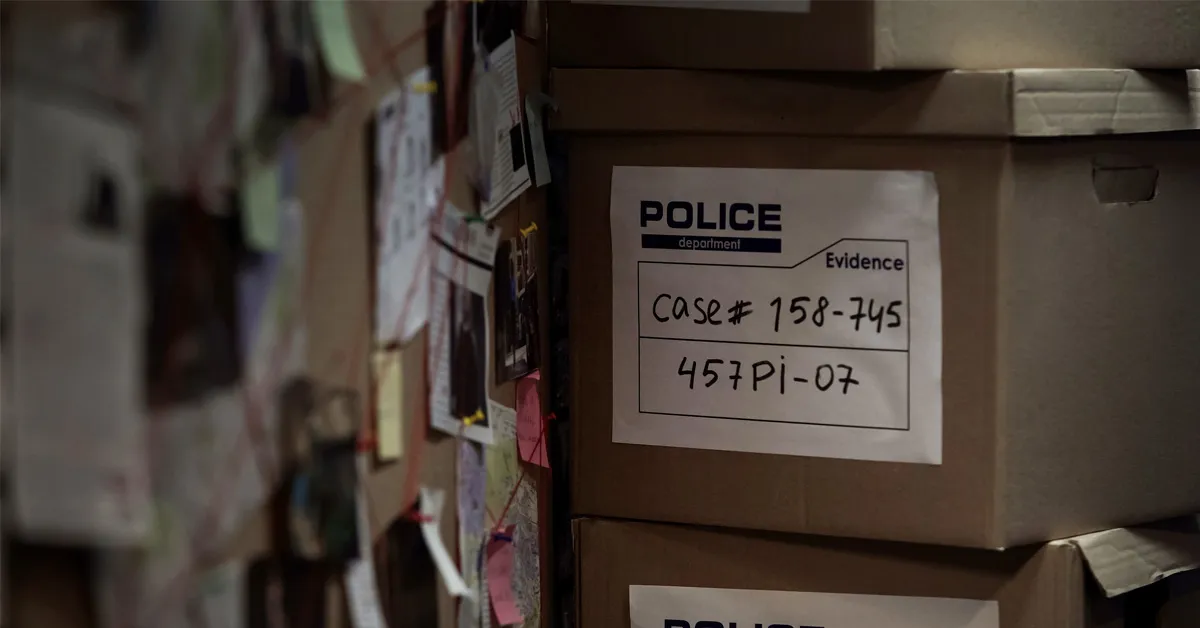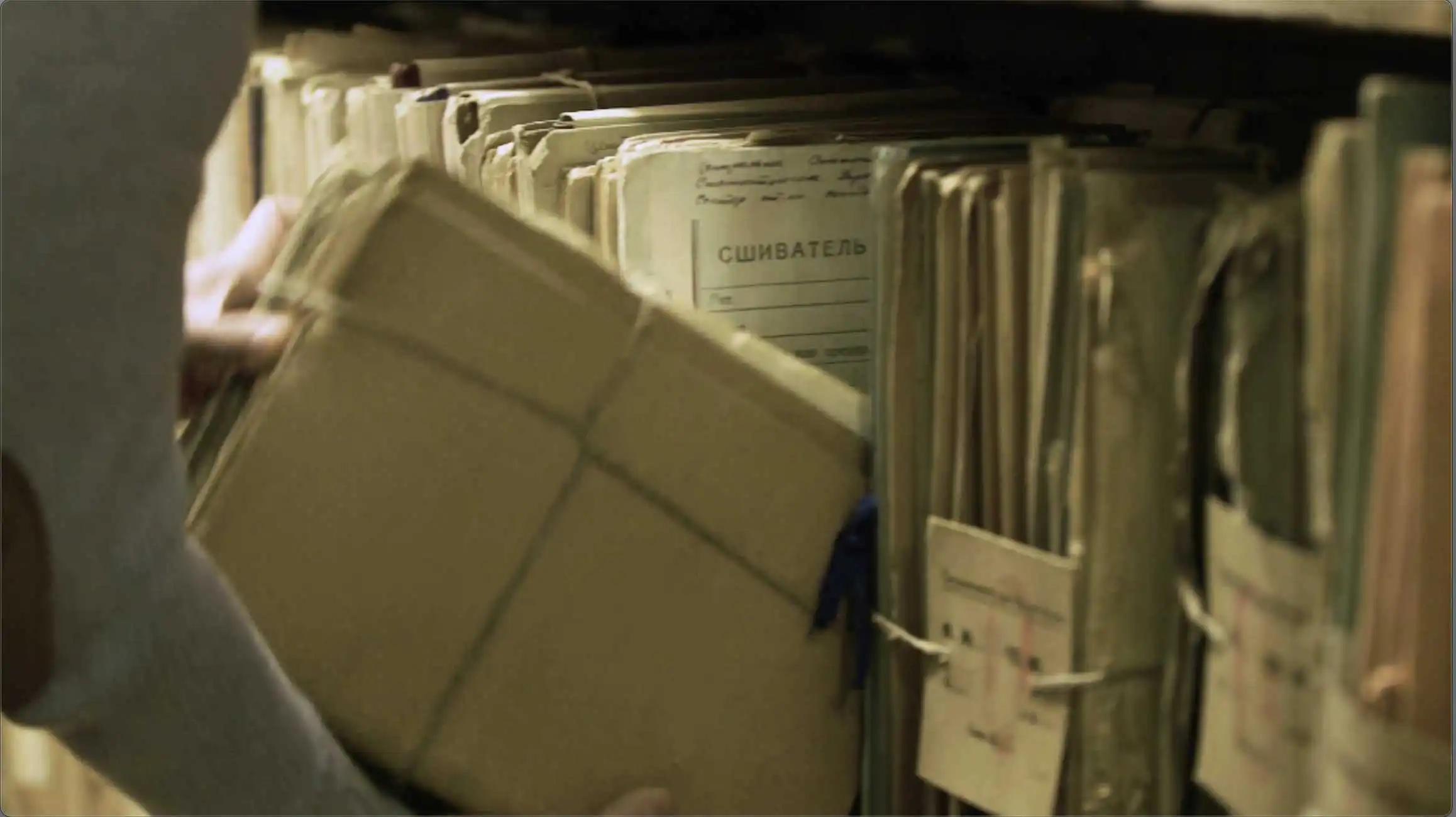
This is the power of forensic science: it often makes the difference between clearing the innocent and convicting the guilty or making wrongful convictions and freeing criminals. While forensic practices have come a long way, work must be done to improve standards for law enforcement to practice criminal investigation in a more efficient and trustworthy manner.
The past decade has seen a flurry of activity in the forensic science community in response to two specific national reports:
- The National Academy of Science (NAS) 2009 report titled “Strengthening Forensic Science in the Unites States: A Path Forward”
- The 2014 National Science and Technology Council (NSTC) report on “Strengthening the Forensic Sciences” via the Committee on Science and Subcommittee on Forensic Science.
From the formation of new organizations and committees to the proposal of new legislation, forensic science standards have been carefully examined and molded into a nationally cohesive effort. Today, we’re going to concentrate on a few of these developments and take a look at how we can improve forensic science standards – and, in turn, the quality of criminal investigation
The Organization of Scientific Area Committees for Forensic Science
In 2013, the National Institute of Standards and Technology (NIST) formed the Organization of Scientific Area Committees (OSACs) for forensic science. Ultimately, these committees took control of, standardized and expanded the forensic scientific workings groups (SWGs) of several organizations, including the United States Department of Justice (DOJ), Office of Justice Programs (OJP), National Institute of Justice (NIJ) and Federal Bureau of Investigation (FBI).
In total, there are 25 subcommittees of the OSAC tasked with the development and validation of forensic standards, guidelines, and codes of practice for five disciplines: chemistry/instrumental analysis, physics/pattern interpretation, crime scene/death investigation, digital/multimedia, and biology/DNA.
Efforts to Improve Forensic Science Standards
The 2014 NSTC report offered various suggestions for improving the forensic sciences. Four of which, for the purposes of this discussion, are especially important to concentrate on:
- Accreditation of providers
- Certifications of analysts and examiners
- Proficiency testing
- Code of ethics for forensic practitioners
Proposal of New Legislation
In March of 2014, Senators Leahy and Cornyn proposed the Criminal Justice and Forensic Science Reform Act (S. 2177). This bill, if enacted into law, will promote national standards for forensic accreditation, certification, oversight for labs and practitioners, the development of standards and a national research strategy.
Essentially, this law proposes tangible steps to implement the findings and recommendations of the OSAC and the NSTC report.
The State of Forensic Science Standards
As we turn the corner into 2019, how have the actions of the past decade progressed?
In April of 2017, Attorney General Jeff Sessions did not renew the funding or charter for the National Commission on Forensic Science (NCFS).
Prior to this, though, the US DOJ adopted many of the commission’s recommendations – though somewhat inconsistently. For example, it didn’t mandate that state and local forensic labs, crime scene investigators, or medicolegal death investigators adopt these recommendations. But it did redraft grants for state and local forensic practitioners to incentivize them to adopt these NCFS, NIST and OSAC recommendations.
NIST and OSAC are still working very hard at creating additional standards and trying to find ways for forensic practitioners to adopt their standards, as they put it, via the “carrot or stick” approach.
As for the NCFS, as I stated earlier, the charter was not renewed so they are no longer in existence. But in August 2018, Deputy Attorney General Rosenstein announced at the International Association for Identification’s (IAI) annual conference the creation of a DOJ Forensic Science Working Group, headed by Ted Hunt, an experienced prosecutor.
This is a good thing, but I fear it will not be as strong or effective as its predecessor.
In addition, the DOJ, OJP, and NIJ have awarded numerous grants for research and development to strengthen the forensic science disciplines.
As for the Criminal Justice and Forensic Science Reform Act (S. 2177), it went nowhere. It died in the Senate Judiciary Committee, where it was sent after it was introduced.
Forensic Science Standards Moving Forward
In the past decade, forensic science standards have taken a few steps forward – followed by a few steps back.
So how do we tangibly move forward without getting bumped back to where we started?
Here’s the answer: we need definitive “National Forensic Standards” without so much back and forth.
All forensic practitioners, whether they have private, local, state, tribal or federal agency affiliation or geography, should utilize the same standards.
We also need more than accreditations and certifications for laboratories and practitioners. We should have government-issued licenses and regulatory authorities overseeing our forensic practices – and we need effective legislation and funding to enact and maintain all of this.
Through my experiences and observations as a certified Senior Crime Scene Analyst and former First Grade Detective for the NYPD, I recognize the need for more discussion on these issues. I hope that we can take all of the great work that has been performed to date and bring it to where it needs to be, in order to strengthen the forensic sciences and instill the trust of citizens with its use in criminal investigation.
Get in touch today to continue the discussion on the state of forensic science standards – and learn how we can help your law enforcement agency better manage investigative data to solve more cases.





